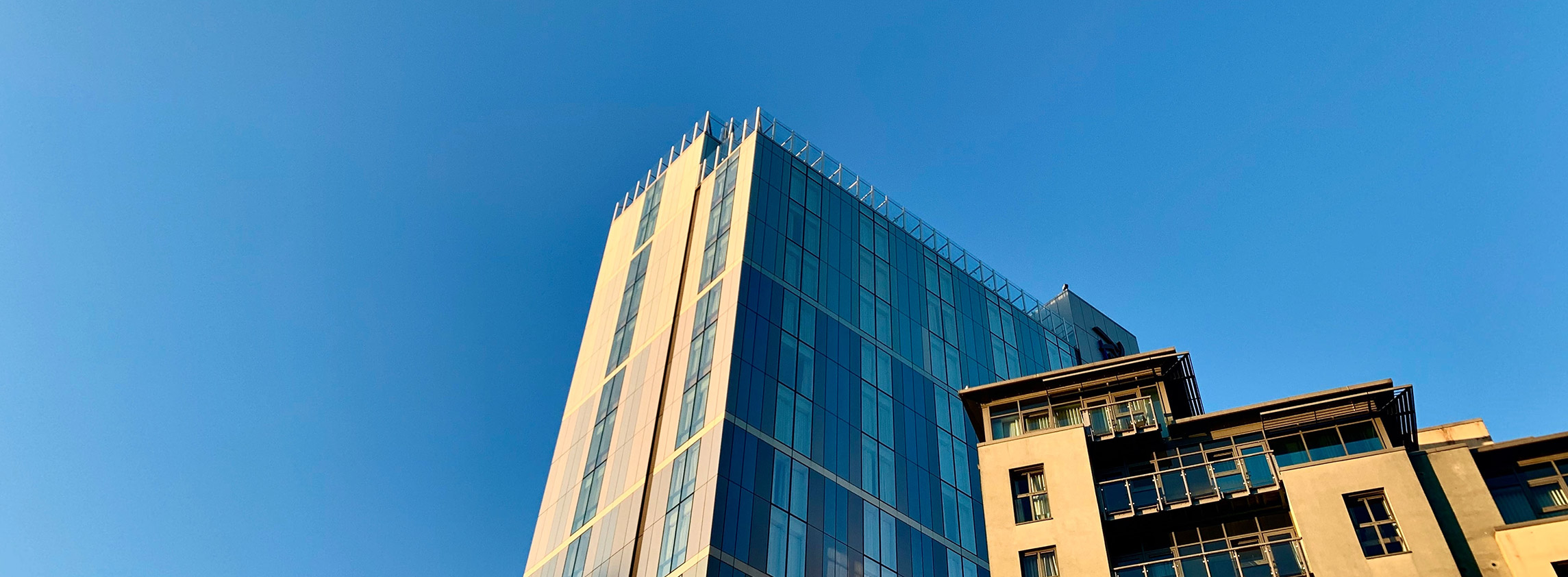Prime yield remains static
Investment volumes in the Greater London & South East and regional office market reached £3.27 billion at the end of Q3 2020 which was 36% and 32% below the long-term average and 2019 total for the first three quarters of the year. There was an uptick in activity in Q3 2020 with investment volumes 49% above the Q2 2020 total.
The regional office market prime yield moved out to 5.00% in April 2020 in response to the first lockdown and has remained at that level thereafter. Edinburgh is the only regional city market where the prime yield is below 5.00%. The yield gap to central London offices has widened. Prime yields have hardened in the West End by 25 basis points to 3.50% and remained at 4.00% in the City representing a 150 and 100 basis points premium to the prime regional office yield.
The majority of investors who are active in the market are seeking long-term income which has resulted in premium prices being achieved on assets which are single let with over ten years of income. This has also led to good demand for sale and leaseback opportunities. It is not anticipated that Lockdown 2.0 will result in transactions halting with the majority of the deals that are currently underway in the market expected to be unaffected. Investment volumes are not though expected to bounce significantly in Q4 2020 with a potential return to more normal levels of investment more likely in Q1 2021.
Regional office headline top rents have remained resilient since the first lockdown
Top headline rents have remained stable or increased across the regional office market since the first lockdown measures were introduced in March 2020. There has not been an influx of grey space added to the market in Q2 and Q3 2020 which resulted in supply levels remaining low. Currently, there is one year of Grade A supply across the regional office market which has helped maintain top headline rental levels. The Grade A supply shortage is notable in Glasgow, Bristol, Birmingham and Leeds which all have below six months of Grade A supply in each market.
Birmingham, Leeds and Manchester have all experienced rental growth with top rents increasing by 7.2%, 6.7% and 2.7% in 2020 to currently stand at £37.00 per sq ft, £32.00 per sq ft and £37.50 per sq ft respectively. The lettings which achieved these aforementioned top rents were all above 5,000 sq ft notably in Birmingham where Knights leased 17,835 sq ft at 2 Chamberlain Square.
There has been strong rental growth in the regional office market in the last five years. The combined average top rents across the regional markets which Savills track (illustrated in the chart below) have increased by 22% since 2015. The strongest growth in time period has been notable in Cambridge and Oxford which can be partly attributed to new development in the city centre in those markets.
The rental outlook for the regional office market remains robust. The provision of Grade A space is likely to remain limited in the short term with 56% of the development pipeline either pre-let or let under construction. It is anticipated that there will be pressure on incentives in the short term though with occupiers seeking to take advantage of the current weaker economic environment.
The prime office yields for major European office markets and key UK regional city markets are highlighted in the chart below.
The UK regional city markets are discounted when compared to every other major European market apart from Bucharest. This is the only European market where the prime yield is above 5.00% whereas in the UK only Edinburgh is below that level. The average prime office yield across the selected European markets is 3.50% which represents a 150 basis point premium when compared to the UK regional office prime office yield.
This yield gap has helped attract overseas investors to the regional office market in recent years with the purchaser type accounting for the highest proportion of capital invested into the market in three of the last four years.
